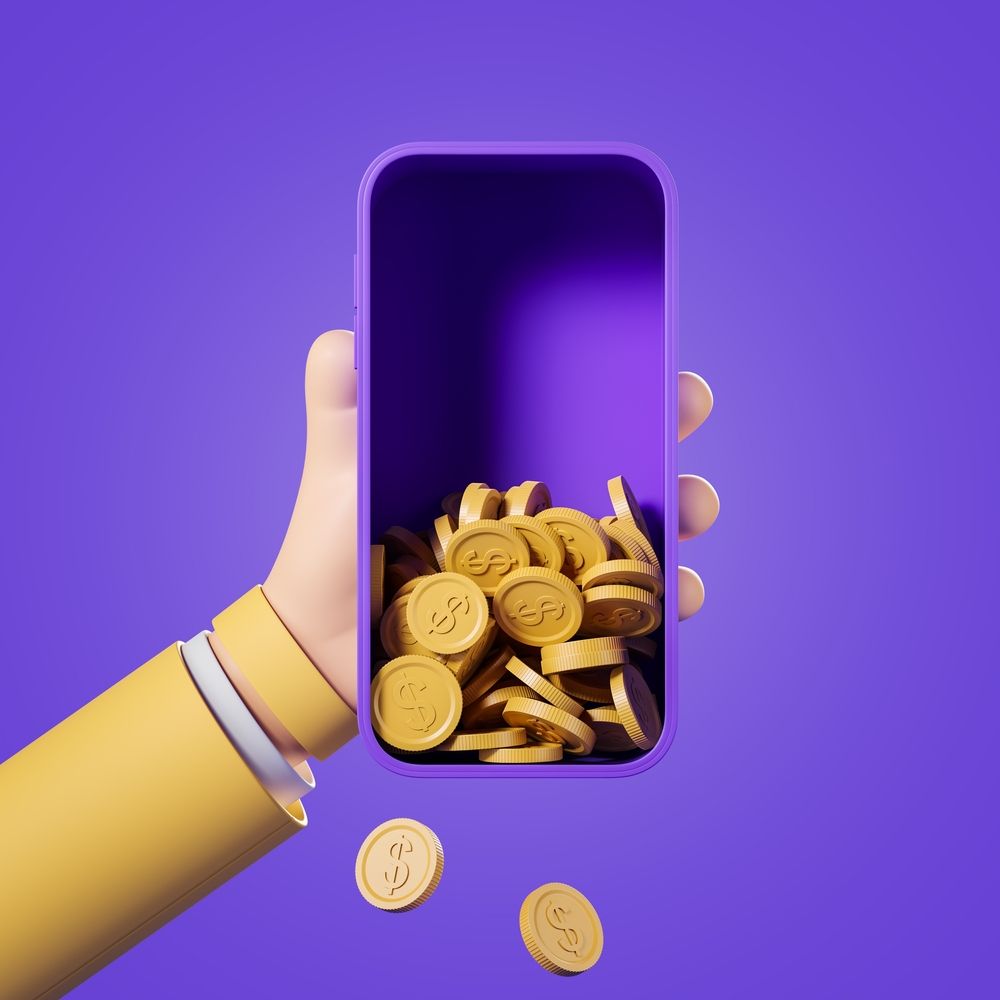
In the digital age, smartphones have become an integral part of our daily lives. Not only do they keep us connected to the world, but they also serve as a tool for managing our finances and generating income. With the advent of various mobile apps, earning money has become more accessible to the average person. These apps can be broadly categorized into survey and task-based apps, shopping and cashback apps, investment and savings apps, passive income apps, and freelancing and gig economy apps. Each category serves a different purpose and offers unique ways for individuals to monetize their time, skills, or investments. This discussion will delve into the functionalities and benefits of these app categories, providing insights into how they can contribute to one’s financial well-being.
Survey and Task-Based Apps
Survey and task-based apps are platforms that allow users to earn money or rewards by completing simple tasks or participating in surveys. These tasks can range from answering questions, watching videos, playing games, to testing new services. Apps like Swagbucks, Survey Junkie, and MTurk from Amazon provide users with opportunities to earn small amounts of money in exchange for their time and opinions.
The primary advantage of survey and task-based apps is that they require no upfront investment and can be done at the user’s convenience. However, the income generated from these apps is usually modest and should not be relied upon for a substantial income. They are best suited for individuals looking to make a little extra cash in their spare time.
Shopping and Cashback Apps
Shopping and cashback apps incentivize consumers to earn money back on their regular purchases. Apps like Rakuten, Honey, and Ibotta partner with retailers to offer cashback on items ranging from groceries to electronics. Users typically earn a percentage of their purchase back by shopping through the app or by submitting receipts after shopping.
These apps are an excellent way for savvy shoppers to save money on their everyday expenses. In addition to cashback, some of these apps also provide coupons and special deals, enhancing the potential for savings. The key to maximizing benefits from shopping and cashback apps is to use them consistently for purchases you would make regardless of the rewards.
Investment and Savings Apps
Investment and savings apps have revolutionized the way individuals approach investing. Platforms like Acorns, Robinhood, and Stash make it possible for users to invest in stocks, bonds, and other assets with minimal effort. These apps often feature user-friendly interfaces, educational resources, and the ability to start investing with small amounts of money.
Savings apps such as Digit and Qapital help users save money by automatically transferring small amounts into savings accounts based on rules or behaviors the user sets. The main benefit of investment and savings apps is that they empower users to grow their wealth over time through the power of compound interest and market gains. While investing always carries risks, these apps make it easier for individuals to diversify their portfolios and invest according to their risk tolerance and financial goals.
Passive Income Apps
Passive income apps offer ways to earn money with minimal active effort. Apps like Honeygain and MobileXpression utilize a user’s internet connection or mobile data to gather information for market research, compensating the user in return. Other apps, such as Sweatcoin, track physical activity and reward users with virtual currency that can be exchanged for goods or services.
While the income from passive income apps is typically not substantial, it requires little to no work from the user, making it an attractive option for earning additional money. Users must be comfortable with the level of data sharing involved and should thoroughly research each app to ensure their privacy and security are not compromised.
Freelancing and Gig Economy Apps
Freelancing and gig economy apps have created a robust marketplace for individuals to offer their skills and services on a flexible basis. Platforms like Upwork, Freelancer, and Fiverr connect freelancers with clients looking for services such as writing, graphic design, programming, and more. Gig economy apps like Uber, Lyft, and DoorDash offer opportunities for individuals to earn money by providing transportation or delivering food.
The appeal of freelancing and gig economy apps lies in their flexibility and the potential for higher earnings compared to other app categories. They allow users to work as much or as little as they want, often on a schedule that suits their lifestyle. For those with marketable skills or the willingness to provide services, these apps can serve as a primary source of income or a lucrative side hustle.
The proliferation of money-making apps has opened up an array of opportunities for individuals to supplement their income. Survey and task-based apps provide a simple way to earn extra cash, while shopping and cashback apps offer savings on everyday purchases. Investment and savings apps encourage financial growth through market participation, and passive income apps create avenues for earning with minimal time investment. Lastly, freelancing and gig economy apps empower users to capitalize on their skills and time to maximize their earning potential.
Despite the different approaches and potential rewards, it’s essential for users to approach these apps with realistic expectations and a clear understanding of the associated commitments and risks. When used wisely, these apps can be a valuable addition to one’s financial strategy, helping to save, invest, and earn money in diverse and engaging ways. Whether looking to make a quick buck, save for the future, or build a freelance career, there’s an app designed to meet those financial objectives. As the app ecosystem continues to evolve, it’s likely that even more innovative solutions for income generation will emerge, further empowering individuals to take control of their financial destiny.
